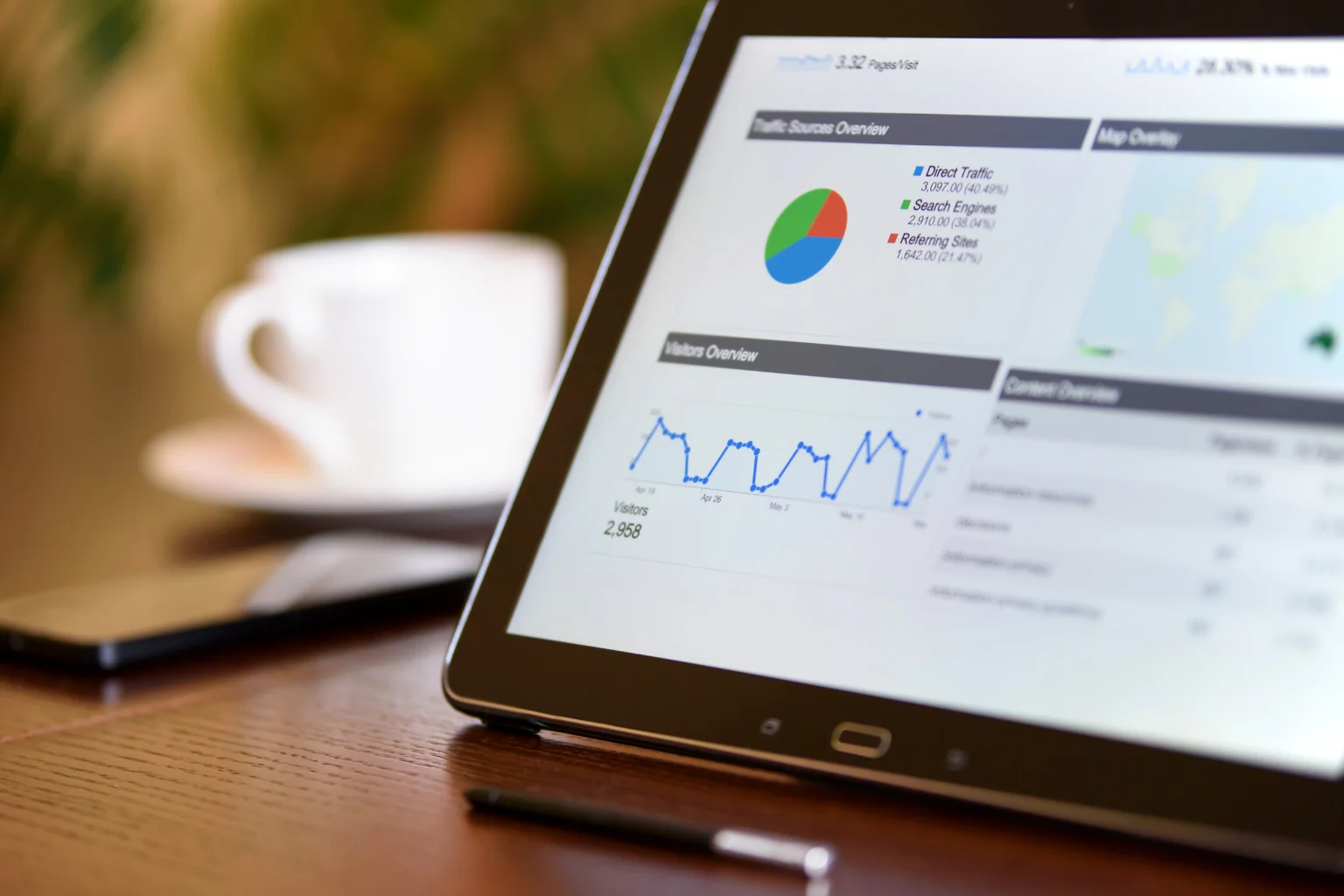The 3 Metrics Every Lean Marketing Team Should Watch

Launching campaigns with a small crew is equal parts exhilarating and exhausting.
Your team is big on ideas but short on bandwidth, and every hour needs to show up on the bottom line. That’s why choosing the right metrics matters so much.
If you chase every signle number in Google Analytics, you’ll drown in data.
Instead, keeping your dashboard tight and focused will lead to succsess.
Check out our top rated high‑impact metrics worth tracking weekly, plus a handful you can safely ignore—at least until your team grows.
1. Customer Acquisition Cost (CAC)
Why it matters
Customer Acquisition Cost answers the most important question in growth: How much do we spend to land a paying customer? When CAC is lower than the revenue you earn from that customer, everyone sleeps better. If it creeps up or worse, spikes beyond what your product costs you have an early warning that something in your funnel is leaking.
How to track it
Add every dollar you poured into sales and marketing last month—ad spend, software, salaries—then divide by the number of new customers in that same period. Review CAC by channel (paid search, organic, referral) to see which avenues are truly profitable.
AI tools that help
- HubSpot Attribution uses machine learning to credit revenue to every touchpoint, revealing hidden CAC gains or drains.
- Segment + BigQuery lets you pipe raw event data into an AI model (via Looker Studio or SQL ML) to forecast how CAC will change if you tweak spend.
Pro tip
Watch CAC trends, not single‑month blips. A sudden jump might be seasonal noise; three months of increase means take action.
2. Customer Lifetime Value (CLV)
Why it matters
If CAC tells you what it costs to get in the door, Customer Lifetime Value tells you how much guests spend before they leave the party. A healthy business targets a CLV‑to‑CAC ratio of 3:1 or higher. The bigger the gap, the more room you have to scale ads, promotions, and partnerships.
How to track it
At the simplest level, multiply average revenue per user (ARPU) by average customer lifespan. For subscriptions, lifespan is easy—the number of months before churn. For ecommerce, use repeat purchase rate. As you grow, layer in gross margin so you’re not counting dollars that go right back out the door.
AI tools that help
- ProfitWell Retain predicts which subscribers are likely to churn and surfaces tactics to keep them on board, boosting CLV without extra ad spend.
- Baremetrics Forecast uses historical revenue to model future LTV, letting you test “what‑if” scenarios before you adjust pricing.
Pro tip
Use CLV segmentation to spot high‑value cohorts. If customers acquired through a podcast ad have double the CLV of Facebook leads, lean in on audio.
3. Activation Rate
Why it matters
Every product has an “aha” moment—the point where a new user first experiences real value. Activation Rate measures how many sign‑ups reach that milestone within a defined time window (often 24 hours or the first week). A strong Activation Rate is the best predictor of long‑term retention and revenue.
How to track it
Pick one clear action that signals value: completed onboarding, sent first invoice, created first project. Then calculate the percentage of new users who hit that action. Review by acquisition source to see which channels drive users who activate fastest.
AI tools that help
- Amplitude Recommend identifies drop‑off points and uses predictive cohorts to suggest steps that nudge users past friction.
- Pendo In‑App Guides leverages machine learning to surface personalized tooltips and walkthroughs, lifting activation without dev time.
Pro tip
Keep the activation metric simple. If your team debates what counts as “activated” for more than five minutes, pick the clearest signal and iterate later.
Metrics You Can Ignore—For Now
- Social follower count — Great for brand presence but offers little insight into purchase behavior when you’re lean.
- Email open rate — Helpful for copy tweaks, yet a high open rate without clicks or revenue is just a feel‑good stat.
- Page views — Unless you monetize ads, volume alone doesn’t equate to value.
- Time on site — Easy to inflate with long videos or endless pages; watch activation instead.
- Bounce rate — Worth monitoring once basic UX is solid, but not at the expense of CAC or CLV.
When bandwidth expands, these metrics can provide nuance. Until then, let them sit quietly in the background.
Bringing It All Together
One Dashboard, Three Numbers
Build a lightweight dashboard in Google Data Studio, Airtable, or Notion that displays CAC, CLV, and Activation Rate side by side. Check it every Monday. If a project doesn’t influence at least one of these metrics, ask why it’s on your plate.
A Week‑in‑the‑Life Example
- Monday: Review dashboard—CAC spiked on Facebook ads. Pause low‑performing creatives.
- Tuesday: Run ProfitWell churn analysis; discover annual subscribers churn less. Brainstorm annual‑plan promo.
- Wednesday: Ship new onboarding tooltip via Pendo to boost Activation.
- Thursday: Record a podcast ad because previous cohort shows 2× CLV from audio.
- Friday: Celebrate small wins in Slack, log lessons learned, and plan next week’s experiments.
Lean marketing isn’t about having fewer goals; it’s about choosing the right ones.
By keeping CAC healthy, CLV rising, and Activation strong, you create a growth loop that feeds itself. Everything else—followers, bounce rate, even open rate—are secondary signals. Let them stay in the passenger seat while you drive revenue forward.










